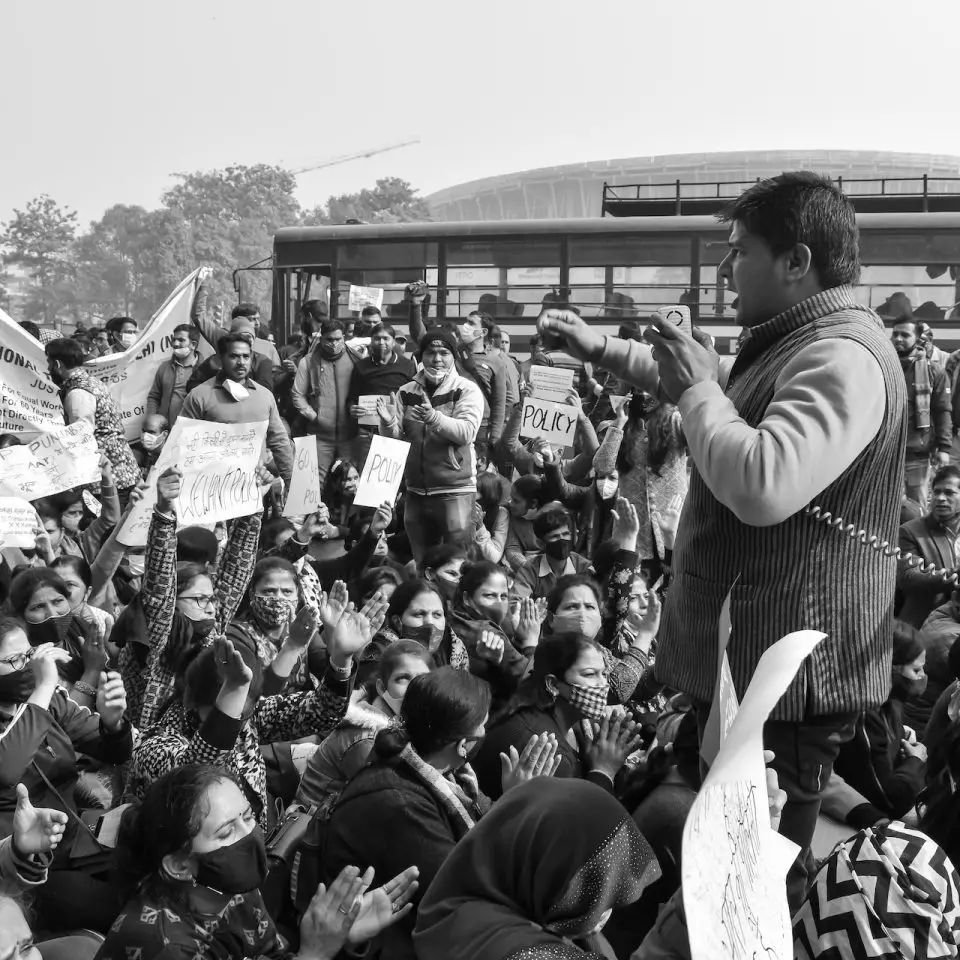In a development that signals increasing tensions between automotive giants and the United Auto Workers (UAW), General Motors (GM) and Stellantis have initiated layoffs amidst a crucial negotiation period. This comes as Stellantis extends a new offer to the UAW, with a looming deadline for the Big Three and the UAW to reach a consensus.
GM has confirmed the temporary shutdown of its Fairfax plant in Kansas, responsible for assembling the Chevrolet Malibu, due to an exhausted supply of essential stampings sourced from GM’s Wentzville, Missouri facility, currently affected by a UAW strike. Consequently, 2,000 UAW workers at the Fairfax plant face temporary layoffs.
Meanwhile, Stellantis has taken action by immediately laying off 68 employees at its Toledo Machining Plant, which is responsible for producing the Jeep Wrangler and Gladiator models. Additionally, up to 300 UAW workers at two other Stellantis plants in Indiana, namely Kokomo Transmission and Kokomo Casting, could potentially face similar furloughs.
In a significant move, Stellantis also presented a counterproposal to the UAW on Tuesday, marking the first such initiative since the onset of stand-up strikes last Friday. While details remain undisclosed, the company emphasized that the offer concentrates on unresolved matters within subcommittees.
The clock ticks down to the UAW’s Friday noon deadline. UAW president Shawn Fain has emphasized that if substantial progress is not achieved by this deadline, the UAW may expand their stand-up strikes to additional locations. Analysts at Barclays suggest that the Big Three’s pickup and truck plants, pivotal profit sources for these automakers, could be the next in line for disruptions.
According to insiders close to the negotiations a substantial gap persists between GM and the UAW in reaching a consensus, with rhetoric between the parties becoming increasingly heated. GM president Mark Reuss, a key figure in GM’s negotiating team, addressed this in an op-ed in the Detroit Free Press. He sought to dispel what he termed as a “flow of misinformation” from the UAW, asserting that it impedes the negotiation process. Reuss emphasized GM’s competitive wages (averaging $82,000 in base pay for 85% of employees), investment of profits in EV advancements, and attention to issues such as wage tiers and retirement security.
In response, the UAW penned its own op-ed for the publication, authored by UAW Vice President Mike Booth. Booth argued that the UAW advocates for the well-being of all UAW workers, not solely the 85% receiving high base pay. The UAW’s central focus lies in dismantling the tiered wage system and supporting part-time workers earning $16.67 an hour. Booth challenged the notion of such wages as “poverty wages,” juxtaposing it against the compensation of Big Three executives.
In a parallel development, Ford, a rival to GM, clarified that only a minimal percentage of their workforce (2% to 3%) consists of temporary or part-time workers. They further highlighted that a substantial majority (80%) receive the prevailing top wage of $32 per hour.
The escalating tensions between UAW, GM, and Stellantis underscore the critical juncture at which negotiations stand, with potential ramifications for both the automotive industry and the livelihoods of thousands of workers. As tensions escalate on both sides, experts anticipate an upswing in strikes at the Friday noon deadline. The critical question remains whether the UAW will target the Big Three’s primary revenue streams, particularly in full-size truck production, or opt to focus on smaller operations while reserving their most impactful strike options as future leverage.
Source: Yahoo finance

